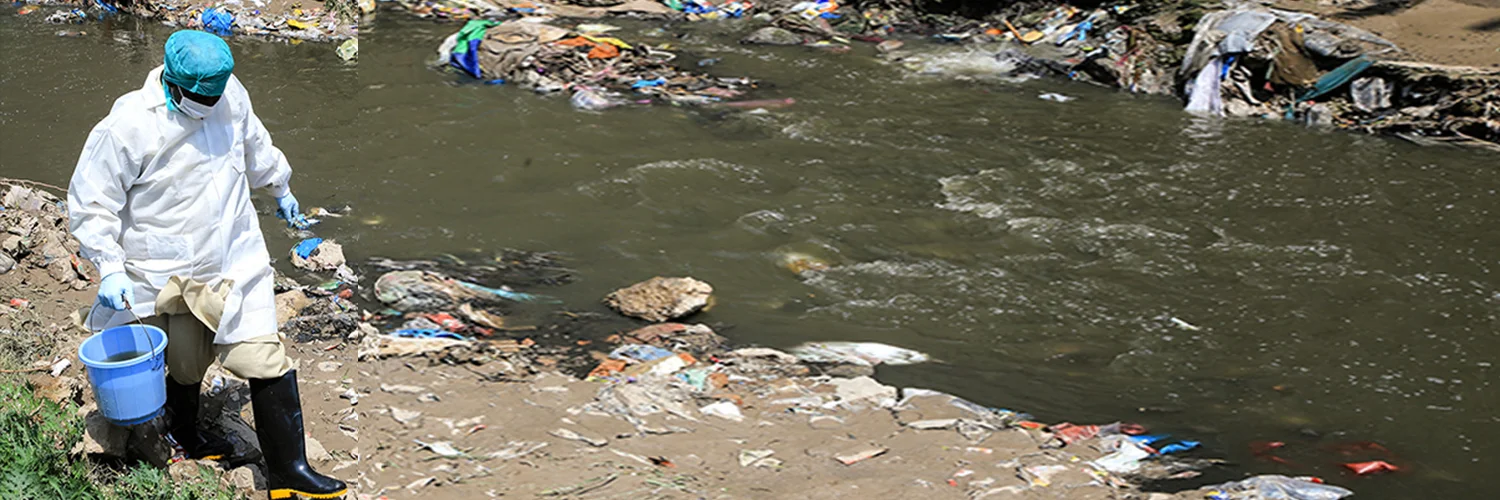Surveillance is one of the main pillars of the Polio Eradication Programme. The programme is able to identify where the polio virus is circulating through its highly sensitive surveillance activities. These activities includes testing stool samples of children suffering from acute flaccid paralysis (the clearest symptom the virus) and testing samples taken from sewage water across the country.
Acute Flaccid Paralysis (AFP) Surveillance
AFP surveillance, or finding and reporting children with acute flaccid paralysis (AFP), is fundamental in detecting polio cases. Acute flaccid paralysis (AFP) is defined as a sudden onset of paralysis/weakness in any part of the body of a child less than 15 years of age. Each case of AFP acts as a signal to the polio surveillance system where polio is circulating and who it is likely to affect. The best available method to confirm the diagnosis of poliomyelitis is the isolation and identification of poliovirus from the stool. All stool specimens collected from reported AFP cases are tested at the Regional Reference Laboratory (RRL) for polio eradication in Islamabad.
If poliovirus is isolated in a stool sample, further tests are carried out to determine where the strain may have originated. By determining the exact genetic makeup of the virus, wild viruses can be compared to others and classified into genetic families which cluster in defined geographical areas. This process helps determine the most appropriate immunization strategies to prevent further spread of the poliovirus.
In Pakistan, AFP surveillance began in 1997, but was given focused attention in 2000. Currently, Pakistan has a well-functioning and sensitive AFP surveillance system at national, provincial, and district levels.
Environmental Surveillance
In addition to AFP surveillance, environmental surveillance helps enhance the sensitivity of surveillance for polioviruses. Environmental surveillance involves testing sewage or other environmental samples for the presence of poliovirus.
Over the past couple of years, the number of sites for environmental surveillance has increased, making it the largest environmental surveillance network in the world. There are currently 60 sampling sites for environmental detection in 40 towns and districts of the country.
Testing Stool Surveys From Healthy Children
The programme conducts periodic stool surveys among children from high risk populations who may be carrying the poliovirus without any signs of paralysis, or wherein circulation has been difficult to detect through regular AFP surveillance.
For more information on surveillance activities, see the photo essay: “The journey of a stool sample: Understanding polio surveillance”

